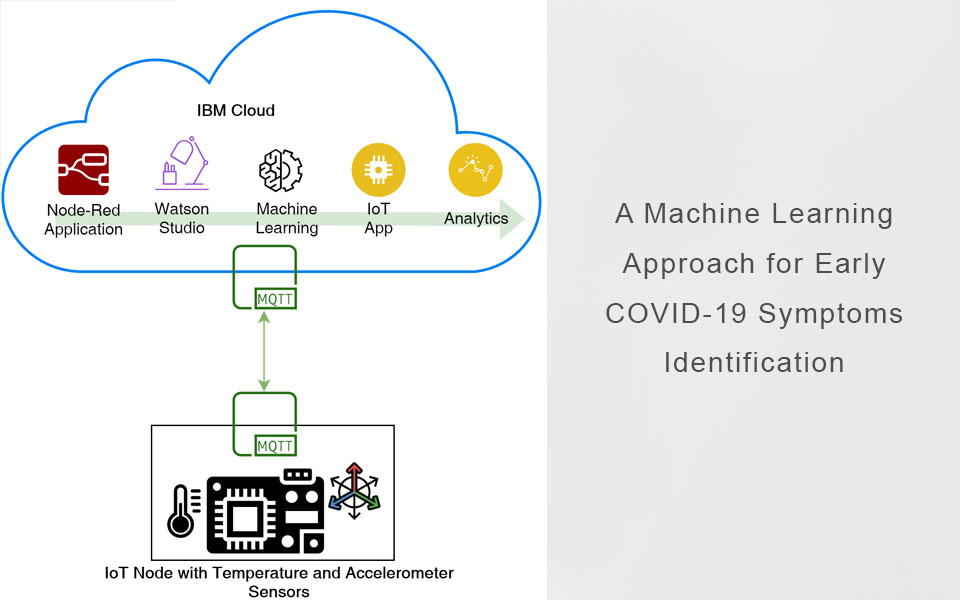The first steps in diagnosing a health condition are the identification of symptoms and early detection. The COVID-19 virus produces symptoms similar to pneumonia, including fever, coughing, and shortness of breath. Numerous COVID-19 contraction tests demand stringent clinical protocols in healthcare facilities. The accurate analysis of COVID-19, where the virus has already spread to the lungs in the majority of patients, benefits from clinical studies. The majority of currently used clinical data, including x-rays and computer tomography, is the foundation for supervised machine learning-based disease detection techniques. This is not focused on early symptom detection and heavily relies on a larger clinical study. The purpose of this study is to investigate physiological data anomalies in patients to identify COVID-19 symptoms early.

Fever and cough, two of the most common symptoms in this situation, were looked at twice using an unsupervised machine learning model. Physiological characteristics from a chest-worn device were analysed to look at disease progression. First, a parameter called the Single Vector Activity Index (SVAI) is suggested to track patterns of coughing and breathing. Second, the DBSCAN method for clustering and outlier detection is used to analyse the variance of the dataset. An overall detection accuracy of 90.34% is obtained after evaluating the model’s ability to detect outliers on real-time data based on feature dissimilarities.


